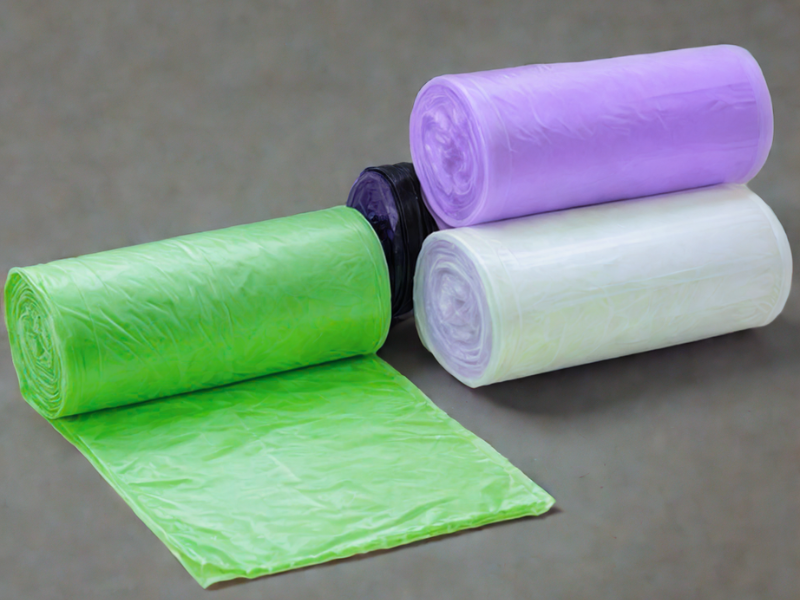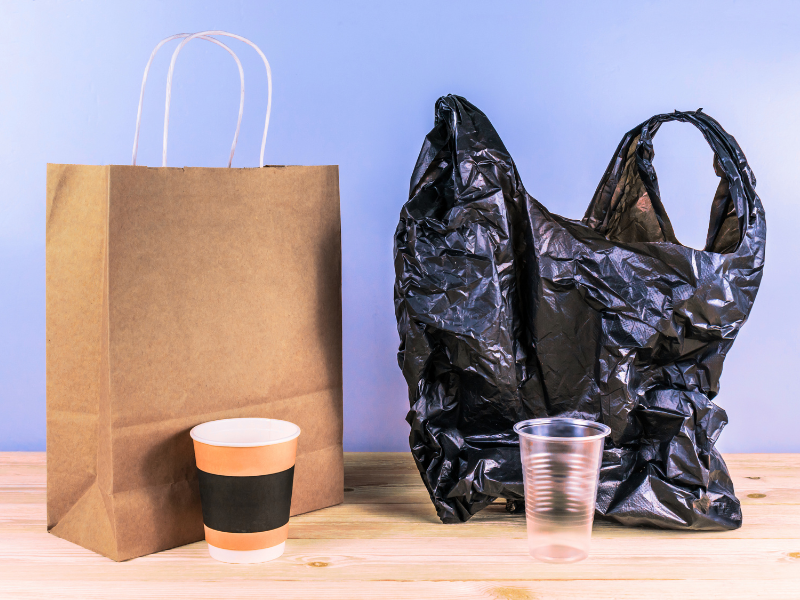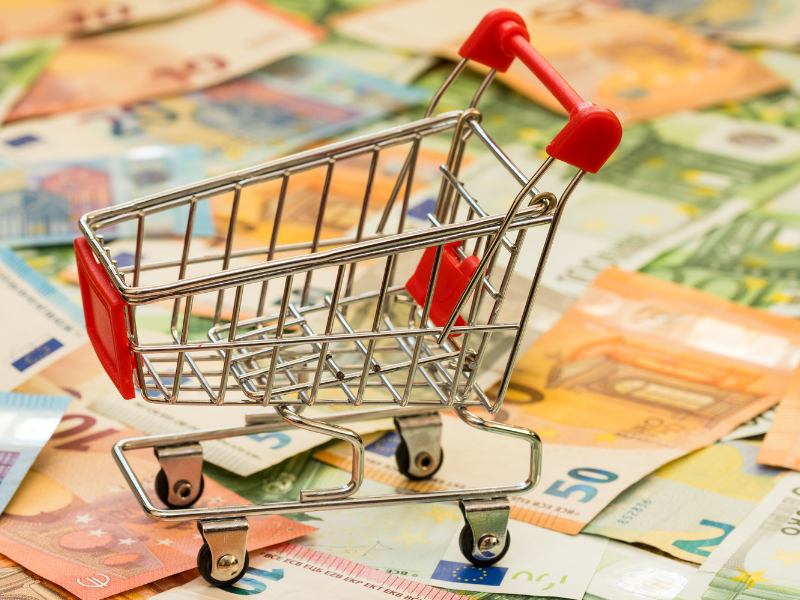Packaging has become an essential factor in the modern consumer experience. As the world increasingly emphasizes sustainable development, two commonly compared options are eco plastic bags and paper bags. But which is the smarter choice when businesses must balance environmental responsibility with cost efficiency? In this article, Ecoplastic will break down the comparison — from production process, durability, and cost to environmental impact — to help you gain a comprehensive perspective.
.png)
1. Overview
1.1 What Are Eco Plastic Bags?
Eco plastic bags are made from virgin resin, recycled plastic, or blended with biodegradable additives (such as EPI, D2W, OXO). They are designed to:
- Provide high durability and withstand multiple reuses.
- Break down faster in natural environments compared to conventional plastic bags.
- Reduce the long-term accumulation of plastic waste.

What are Eco Plasic Bags?
1.2 What Are Paper Bags?
Paper bags are produced from pulp (wood, bamboo, or recycled materials). They are often marketed as a “green” solution thanks to their natural biodegradability. However, the paper-making process requires significant resources such as wood, water, and energy, and also generates high CO2 emissions.

What are paper bags?
2. Comparing Eco Plastic Bags and Paper Bags
2.1 Raw Materials
- Eco Plastic Bags use virgin or recycled plastics, often with biodegradable technology. Less dependent on deforestation.
- Paper Bags rely on wood and pulp. Large-scale demand drives extensive logging, impacting ecosystems.
2.2 Production Process and Energy Use
- Eco Plastic Bags require less water and emit less CO2 during manufacturing.
- Paper Bags require substantial water and energy, along with bleaching chemicals that pollute the environment.
2.3 Durability and Reusability
- Eco Plastic Bags are lightweight, strong, and reusable for shopping or storage.
- Paper Bags tear easily when wet, hold less weight, and typically last for only 1–2 uses.
2.4 Degradability and Recycling
- Eco Plastic Bags biodegradable plastics can break down faster in nature, while recycled plastic bags help reduce overall plastic waste.
- Paper Bags naturally decompose quickly. However, laminated or coated paper bags are difficult to recycle.
2.5 Overall Environmental Impact
Life cycle assessment (LCA) studies show that producing a single paper bag can emit 3–4 times more CO2 than producing an eco plastic bag. When evaluated across its full life cycle, an eco plastic bag often has a lower environmental footprint — especially when reused and properly disposed of.

Comparing plastic bags and paper bags
3. Pros and Cons
|
Advantages |
Disadvantages | |
|
Eco Plastic Bags |
|
|
| Paper Bags |
|
|
4. Economic and Consumer Perspectives
4.1 Production Costs and Pricing
- Eco Plastic Bags: cost-efficient, easy to mass produce.
- Paper Bags: 2–3 times more expensive, especially with printing and custom designs.
4.2 User Experience
- Consumers prefer eco plastic bags for their light weight, convenience, and ability to carry heavy items.
- Paper bags create a premium, eco-friendly image, often chosen by brands targeting a high-end perception.
4.3 Global Consumption Trends
- Many countries are limiting single-use plastic bags, while promoting eco plastic solutions rather than switching entirely to paper.
- Businesses tend to balance both: eco plastic bags for everyday needs, paper bags for branding and premium experiences.

Economic and Consumer Perspective
5. Which Option Is Truly Sustainable?
Neither option is perfect. Sustainability depends on:
- Usage: Eco plastic bags reduce impact when reused multiple times.
- Disposal: Proper recycling or waste separation is crucial.
- Purpose: Paper suits fashion and gifts; eco plastic suits supermarkets, food, and logistics.
Taken as a whole, eco plastic bags hold more advantages in cost, durability, and environmental performance when managed correctly. That’s why many global businesses adopt them to replace conventional plastics and minimize environmental impact.

Which option is truly sustainable?
6. FAQs
6.1 Are paper bags considered eco plastic bags?
No. Paper bags are made from pulp, while eco plastic bags are made from recycled or biodegradable plastics. They are entirely different materials.
6.2 Do eco plastic bags completely decompose?
Yes, but it depends on the type. Some require industrial composting conditions, while others decompose more quickly in natural environments.
6.3 Should businesses choose eco plastic bags or paper bags?
It depends on purpose: eco plastic is durable, water-resistant, and affordable; paper is stylish and suits fashion or gifting.
Conclusion
Through this article, you now understand the key differences between eco plastic bags and paper bags in terms of raw materials, production, durability, reusability, and environmental impact. Each option has its pros and cons, but in the long run, eco plastic bags deliver more practical benefits, especially when reused and disposed of properly. If your business is looking for sustainable packaging solutions that meet international standards and optimize costs, let Eco Plastic be your trusted partner.














